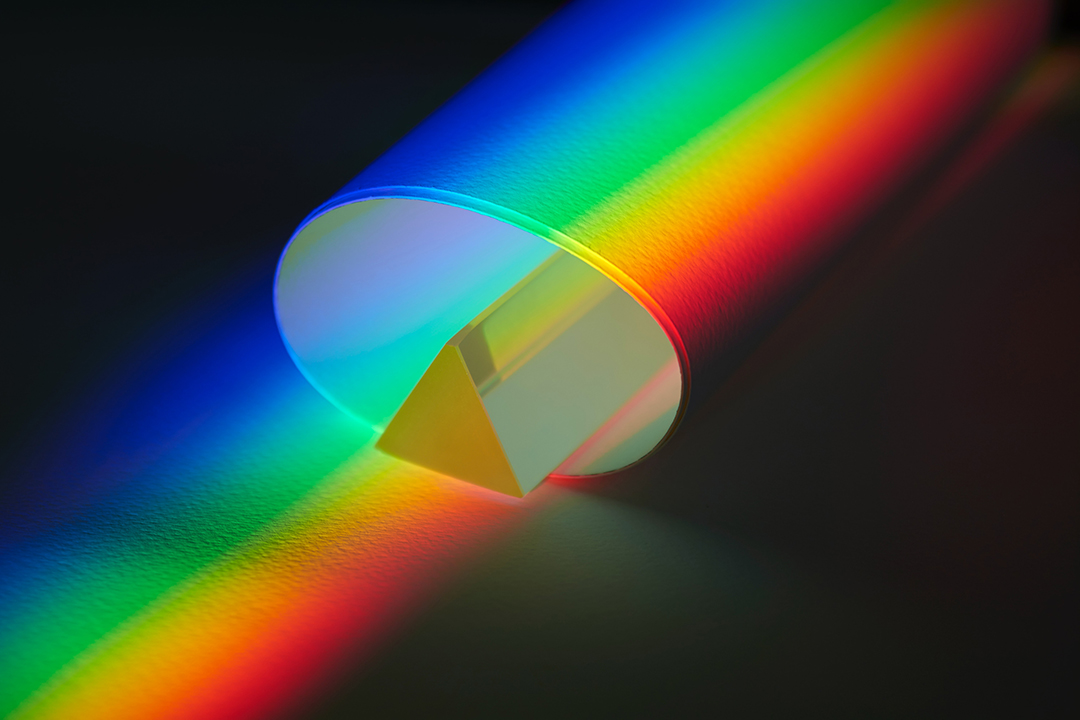Last year, U of T professor Sajeev John was awarded the Gerhard Herzberg Canada Gold Medal — Canada’s most prestigious award in the fields of science and engineering, awarded annually by the National Sciences and Engineering Research Council — for his invention of crystals that can trap and control light. The ability to trap light has been the subject of John’s research since his time as a PhD student at Harvard University. There, he published his foundational papers, which eventually led him to become one of the most cited scientists in the world.
Capturing light
Photonic crystals are structures made up of special electric cells that can trap light by restricting the way specific frequencies of light are propagated. According to John, borrowing the concept of band gaps — ranges of energy levels that electrons cannot have in a given solid material — from the field of semiconductors helped him frame the goal of trapping light in terms of material science.
In an interview with the CBC, John discussed how photonic crystals can be applied to solar cells for improved conversion of solar energy to electrical energy. Traditional solar cells are constructed from silicon, which is relatively thick, so that light can be absorbed better — but this requires electrons to travel longer paths to facilitate energy conversion. However, John states that light can be trapped in thinner silicon, which would allow for overall thinner, lightweight, and potentially flexible solar cells that could be ‘coated’ onto buildings, vehicles, and even clothing. This could be exciting news to those working in related fields, such as in building integrated photovoltaics — where solar cells replace conventional materials for more cost-effective and efficient construction — and in the electric vehicle industry.
Other uses for light-trapping crystals include optical microchips and photonic-crystal fibres for noninvasive surgery. Optical microchips are similar to their electronic counterparts, with the main difference being that light travels along a circuit rather than electrons.
The traditional way of restricting and guiding light is based on the concept of total internal reflection. This is used in devices such as optical fibres in telecommunication. However, this phenomenon does not work well in microchips, as light diffracts out of the circuit path.
This problem is bypassed with the introduction of photonic crystals, which also provide other advantages, such as low heat generation — which means no cooling is needed — and faster transmission of data. Photonic crystals can also be used in the construction of optical fibres for hollow-core containment of light.
A bright future
In terms of application, optical microchips have been shown by John to have potential uses in medical diagnostics. Optical microchip technology is also the basis for startups such as NKT Photonics and OmniGuide: the former supplies photonic crystal fibres and the latter uses photonic crystal technology to develop minimally invasive surgical tools.
The use of photonic fibre lasers in noninvasive surgery has already been demonstrated in a case reported by John, in which a patient with respiratory tract cancer had a tumour removed with a hollow-core Photonic Band-gap laser that was fitted to a flexible endoscope and inserted into the patient’s mouth.
Although research on photonic crystals and related materials has only recently taken off, the topic has had a high research output, based on the large number of times John’s foundational paper has been cited within the span of just a few decades. This suggests a future in which a great number of fields will experience technological advancement on a level comparable to the revolution that emerged from the development of the transistor. A bright future awaits the field of optical electronics.


